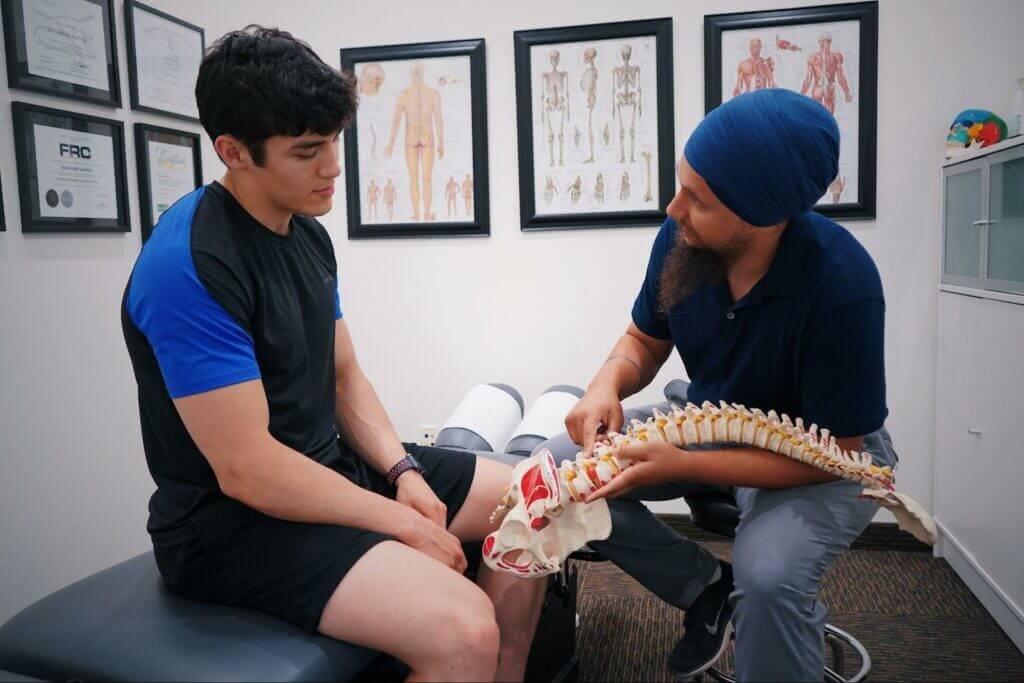What is the Newest Treatment For Spinal Stenosis?
New medical advancements can transform the treatment for spinal stenosis. Many patients find relief with non-surgical treatment options.
These include physical therapy that focuses on building strong back and abdominal muscles, which can help relieve pressure on the spine. Over the counter and prescription medications can manage pain by preventing damaged cells from producing chemicals that send pain signals to the brain.
Stem Cell Therapy
Stem cells are unique in that they have the ability to develop into different specialized cells and tissues. They also have the potential to heal damaged tissue and reduce inflammation which is a common cause of spinal stenosis.
Several regenerative treatments for spinal stenosis are currently available. These treatments can provide a safer, more natural way to alleviate pain than surgery or conventional medications. These therapies can help patients return to their normal lives faster than traditional treatment methods.
One such procedure is Regenexx. This innovative approach preserves the patient’s normal anatomy by using the patient’s own biological materials to repair and regenerate the spine. This includes platelet lysate and bone marrow concentrate from the patient’s body.
Another surgical option is the LimiFlex system. This device is inserted during decompression surgery and can support the spine without requiring a fusion or screws. This may allow for more flexibility in the spine, which can help prevent spinal stenosis from returning. The system is still under investigation so more research needs to be conducted on its effectiveness and safety.
Transcutaneous Electrical Nerve Stimulation (TENS)
A TENS unit is a small device with electrodes that send electrical currents to nerves. This blocks pain receptors from sending signals to the brain and helps reduce pain. It also stimulates mechanoreceptive fibers, which help with balance and movement.
TENS can be used as a standalone treatment or in conjunction with other therapies. It can relieve pain for many patients and is safe for most people to use. However, some people should not use TENS including those with a pacemaker or epilepsy. It is also not a good idea to combine TENS with certain drugs or while driving or operating machinery.
Physical therapy or rehabilitation is commonly recommended by spine specialists for patients with cervical (neck) or lumbar spinal stenosis. The goal of PT is to decrease pain and improve function. This may include passive treatments, such as heat or ice packs, or active exercises like stretching or strength-training. Your therapist will determine which exercises are best for you and it is important to follow their instructions exactly. In some cases, your therapist may recommend TENS as part of an at-home program for pain management.
Spinal Decompression Therapy
The spine stretches from the base of your skull to your tailbone. It’s made of 24 interlocking bony vertebrae with cushiony discs between them. When your spine’s discs get out of alignment, you can experience herniated or bulging discs that pinch spinal nerves. Spinal decompression therapy helps herniated or bulging discs move back into their intended spots for long-term relief.

This noninvasive procedure involves lying down on a table outfitted with pulleys and weights. During the treatment, a computer controls a series of movements designed to stretch your spine. You can be fully clothed while you’re in treatment.
Spinal decompression creates negative pressure within the disk, causing herniated or bulging disks to retract. This relieves the pressure on spinal structures and nerves, which helps reduce back, neck and leg pain. Some patients get immediate pain relief, while others may need 8-12 sessions. Follow-up treatments like acupuncture, chiropractic adjustments and physical therapy can help improve your results. The goal is to reduce your pain and get you back to work and life. If nonsurgical therapies don’t help, your doctor may recommend surgery to relieve the symptoms.
Laminectomy
Millions of people suffer from lumbar spinal stenosis, or narrowing of the spine that impinges on nerves to cause both back pain and leg pain. Typical first-line treatments include physical therapy, pain medications such as NSAIDs (aspirin, ibuprofen), and lumbar epidural steroid injections. However, these measures only offer symptom relief and do not attack the root cause of the condition.
The newest treatment for spinal stenosis involves advanced regenerative medicine techniques. These methods are designed to reduce recovery times, minimize tissue trauma, and increase the success rate of treatment.
In laminectomy, the surgeon removes part of a vertebra called a lamina, to relieve pressure on spinal nerves. The surgeon also removes any other sources of pressure on the nerves, such as bone spurs or a herniated disk.
The surgeon can also perform a procedure known as laminotomy, in which the surgeon removes only a small portion of a lamina. This is less invasive and may lead to better outcomes, according to a 2017 study. The surgery can also be combined with a fusion, in which the surgeon joins two or more vertebrae together.
Laminoplasty
This surgery reshapes or repositions bone to relieve excess pressure on spinal nerve(s) in your cervical spine (neck). It’s usually performed for spinal stenosis caused by bony overgrowths within the spinal canal — most commonly, osteoarthritis that causes cartilage in your neck facet joints to wear away. In laminoplasty, your surgeon removes a small part of the back of each cervical vertebra to enlarge the spinal canal and create space for your spinal cord and nerves. The surgeon also may remove bone spurs, excess ligaments and disc fragments that are contributing to the compression.
The surgeon performs laminoplasty through an incision in the back or front (anterior) of your neck. Your doctor may recommend you use a soft foam collar to support your neck after the procedure. You’ll need physical therapy to learn how to move with less pain and strengthen your neck and back muscles. You can return to most activities within a few weeks after surgery, but strenuous exercise should wait until you’re stronger. It’s important to avoid bending or twisting your neck during recovery as it can cause more spinal problems.
Read Also: Owala Water Bottle







